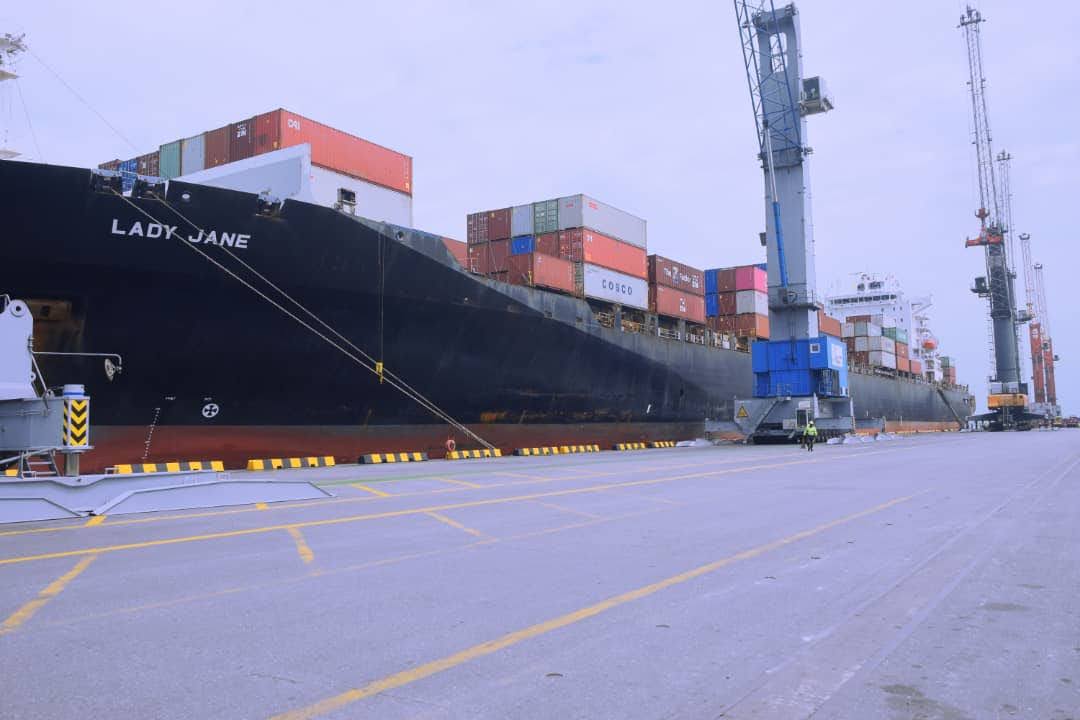Nigeria must adopt a synchronised, multi-pillar strategy, mirroring the transformational successes of regional leaders like Dakar in Senegal and Tanger Med in Morocco, to become a competitive maritime hub in West and Central Africa.
Industry data shows that Nigeria’s leading ports, including Apapa, Tin Can Island and Onne, are critically constrained by structural bottlenecks and persistent logistical failures, resulting in economic losses estimated at over N20 billion daily and nearly N1 trillion yearly.
Experts recommended a roadmap that comprises four strategic levers – administration (governance), digitalisation (single window), automation and competency development.
This was emphasised at the 2025 Edition of the National Discourse with Distinguished Maritime Personalities held in Apapa, Lagos, themed, ‘Port Modernisation: Automation, Regulation, Administration and Competencies’.
In his paper presentation, Chairman/Chief Consultant of Widescope International Group/Global Transport Policy, Dr Oluwasegun Musa, said the 2006 port concession programme produced uneven outcomes, noting that initial private sector investments were undermined by regulatory gaps, political interference and deteriorating infrastructure.
He stated that Nigeria’s port sector faces a critical inflexion point, with chronic structural inefficiencies posing severe constraints on national economic growth.
Musa stressed that for more than a decade, the chaotic environment along access corridors leading to the Lagos ports crippled trade, eroded productivity and diverted cargo to neighbouring countries, including Togo, Ghana, Benin Republic and Côte d’Ivoire.
He said the primary operational bottleneck is cargo dwell time, which often stretches beyond 21 days due to inadequate truck access – far above global standards, where cargoes ideally exit ports within three days.
“The estimated cost to the economy, amounting to over N1 trillion yearly, underscores the severity of the structural problem and the urgency for fundamental reform,” he said.
Musa cited Mauritius, where clearance time for non-litigious declarations dropped from four hours to 15 minutes and Senegal, which reduced administrative processes from two or three days to a single day, as examples of successful port modernisation.
Musa gave key recommendations, which include the establishment of an independent economic regulator staffed by specialised professionals with authority to ensure fair pricing and contractual compliance; achieving full operational status of the National Single Window (NSW) by the first quarter of 2026, backed by a non-negotiable paperless mandate.
Also recommended is implementing a risk-mitigated, phased automation strategy for legacy brownfield ports such as Apapa and Tin Can, alongside mandatory full automation for greenfield facilities like Lekki Deep Seaport.
He also called for government-backed technical training programmes to address the critical IT and maintenance skills deficit, which remains a major global barrier to achieving successful automation returns on investment.
The Secretary General of the Abuja Memorandum of Understanding (MoU), Captain Sunday Umoren, noted that while more than 95 per cent of external trade passes through African ports, inefficiencies in port logistics cost the continent an estimated $2.5 billion yearly in delays, congestion and lost economic opportunities.
He said these figures demand urgent modernisation, especially in a world increasingly driven by data and technology. Umoren cited the World Bank’s 2024 Logistics Performance Index, which found that digitalised ports achieve up to 65 per cent faster vessel turnaround, 40 per cent shorter cargo dwell time, and 25 per cent lower operational costs.
He emphasised that port modernisation must go beyond physical upgrades to encompass technological, institutional, and human transformation, supported by innovation-friendly policies, transparent governance, agency coordination and competent personnel.
“Africa’s maritime trade is projected to grow by nearly 30 per cent by 2035, driven by industrialisation and the implementation of AfCFTA. This presents enormous opportunities – but also an urgent challenge: our ports must be ready. We must invest now in smart infrastructure, green technologies, and resilient systems capable of withstanding market shocks and climate risks. Modernisation must be seen not as an expense, but as a strategic investment in national and regional prosperity,” he said.
Executive Director of Operations and Technical at Tantita Security Services Nigeria Limited, Capt. Warredi Enisuoh explained that effective port automation must occur in three interconnected stages, which include offshore, terminal yard, and hinterland, each requiring strategic planning and seamless coordination.
He warned that Nigeria’s ageing port infrastructure and urban encroachment around terminals complicate automation efforts, stressing that the most cost-effective path to full automation is through greenfield projects where ports can be designed from inception with integrated systems and optimised space.






